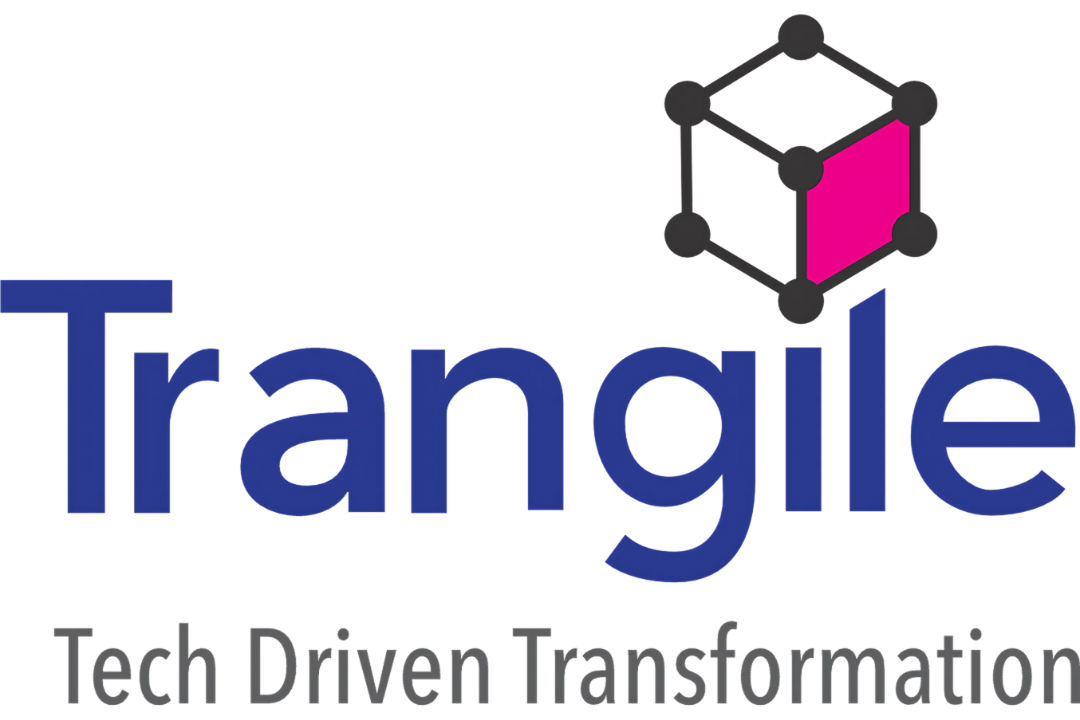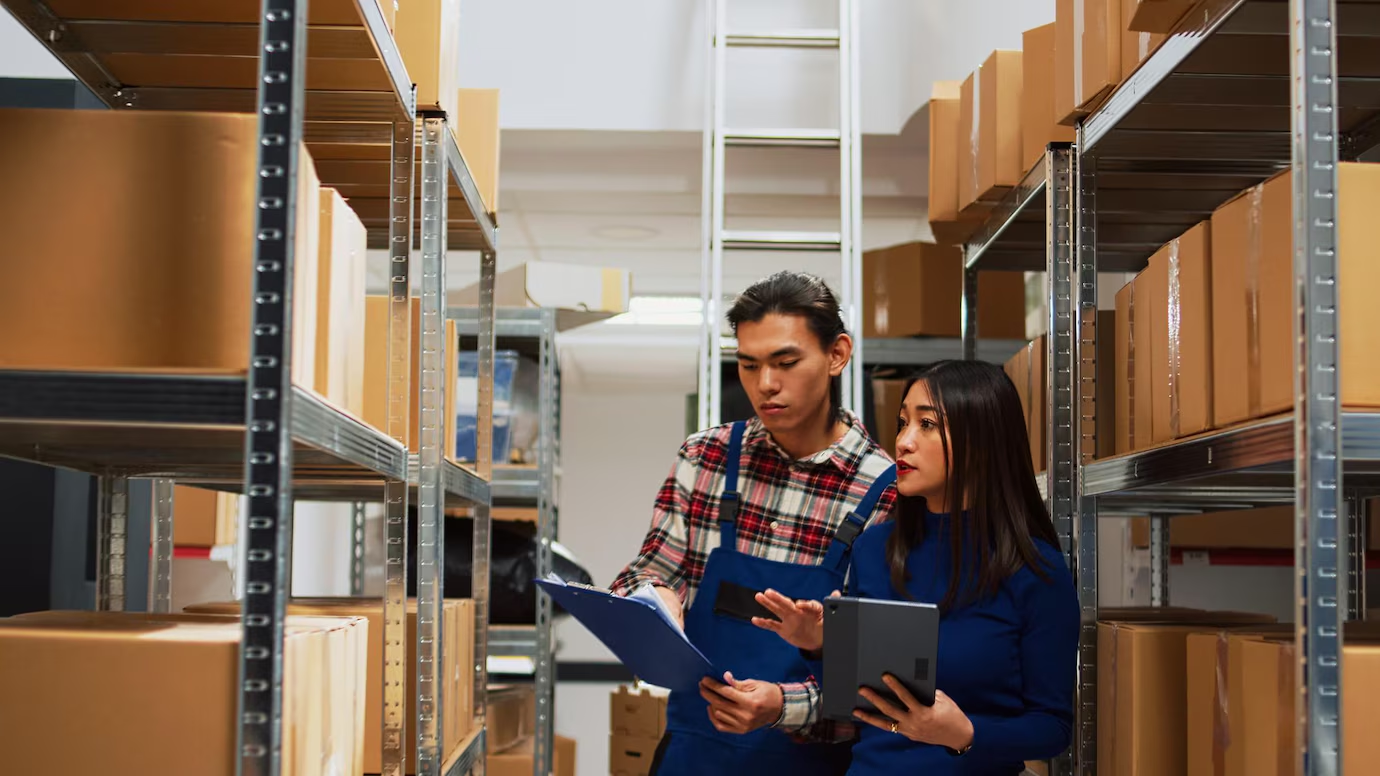Today’s technology’s fast growth of AI and robots is exciting. AI systems can identify patterns, make decisions, and obey directions. AI and robots are transforming the supply chain, which supplies items from producers to retailers to consumers. We’ll analyze these technologies’ benefits and drawbacks for the supply chain. Thus, let’s dig in and learn more about AI and robots’ applications in the logistics sector.
Benefits Of AI And Robotics In Supply Chain
Enterprise supply chain procedures are changing due to AI and robotics advances. AI and robots have altered enterprises by streamlining processes. It reduces errors and improves productivity. This piece will examine the opportunities and threats AI and robotics present in the logistics industry.
Efficient And Accurate Forecasting:
AI and robotics made forecasting more accessible and more reliable for organizations. Artificial intelligence and robotics can analyze data to forecast demand. AI and robotics give the luxury to make the supply chain available adequately. Businesses may now foresee market movements, pinpoint hazards, and make well-informed inventory selections.
Demand Planning And Inventory Management:
Using automated demand planning and inventory management, AI and robotics help firms better manage their stock. Companies may optimize earnings by limiting stock holdings and related costs. Automating these tasks lets companies focus on higher-level work.
Warehouse Automation And Optimization:
Automating packing and sorting using AI and robotics may improve warehouse efficiency. This might cut order processing time and errors. Warehouse automation may save labor costs and increase security.
Enhancing Customer Experience:
AI and robots provide fast notifications and updates, boosting customer service. Consumers may track orders from placement to delivery. Service may build client loyalty and happiness.
Transparency And Visibility In The Supply Chain:
Businesses may gain supply chain transparency and visibility via AI and robotics. Companies may track their supply chain in real-time to avoid issues. Supply chain visibility and openness may reduce interruption risk, response, and lead times.
The use of AI and robotics in the supply chain has led to dramatic changes in the industry. Companies may raise their bottom line by improving supply chain visibility and transparency. It can change the customer experience, automated inventory management, warehouse operations, and forecasting. But, employers must consider the costs and layoff risks of implementing AI and robots.
What Are The Challenges Of AI And Robotics In Supply Chain?
Although there are many advantages to using AI and robotics in the workplace, businesses should consider specific risks. The most significant barrier is the expense of integrating AI and Robots into the supply chain. To get the benefits of technology, firms must pay for its development, implementation, and upkeep. People might lose jobs if companies begin to replace human labor with machines.
The supply chain is only one industry revolutionized by artificial intelligence (AI) and robotics. AI and robots in supply chain management have dramatically improved end-user product delivery. Technology has helped firms simplify, increase efficiency, and save costs. Yet, there are several obstacles to overcome when introducing AI and robotics into the supply chain. Let’s examine many of these difficulties in further detail.
Expensive To Put Into Action:
Investments in hardware, software, and people are all necessary for integrating AI and robotics into the supply chain. Small and medium-sized businesses face significant barriers to adoption due to the壯陽藥 high prices of these technologies. It might be difficult for companies to keep up with the technology long-term due to the high costs of upkeep, updates, and repairs.
Fears About Data Privacy And Security:
Customer data, supplier data, and trade secrets are all used in adopting AI and robotics in the supply chain. Cybersecurity risks, including hacking and data leaks, might affect these devices. The widespread use of AI and robotics may also raise concerns about data privacy and the improper use of personal information.
Expert Labor Force Required:
A trained workforce is essential for successfully integrating AI and Robots into the supply chain. But, today’s workers may need more expertise to use such cutting-edge technology. It’s also possible that people may lose their jobs and have to retrain because of the widespread use of AI and robotics.
Compatibility with Preexisting Infrastructure and Procedures:
Integrating preexisting systems and procedures may be necessary to introduce AI and robotics into the supply chain successfully. Significant adjustments may need to be made to existing processes and infrastructure. Also, the supply chain might need help due to introducing new technology.
The Moral and Legal Consequences:
Supply chain AI and robots may raise ethical and legal issues. AI and robots might replace human jobs, increasing unemployment and social inequality. AI and robots may raise environmental and responsibility concerns.
AI and robots improve supply chain performance, cost, and efficiency. High installation costs, data security and privacy issues, and qualified workers hamper these technologies. It integrates with present systems and processes and ethical and legal issues. Before adding AI and robots to their supply chains, companies must assess the merits and drawbacks.
Wrapping Up The Text:
The Supply Chain business may gain a lot from using AI and robotics. Artificial intelligence and robotics have the potential to improve productivity. It can save costs and make work easier for humans. High expenses, the loss of jobs, and ethical problems are only some of the difficulties associated with AI and robotics.
Despite the obstacles, Supply Chain AI and Robots have a bright future. Expect even more developments in artificial intelligence and robotics as technology progresses. AI and robots will make supply networks more efficient in the future.
Artificial intelligence and robots may enhance human lives but are not meant to replace workers. Yet, AI and robotics should assist humans and simplify chores. The Supply Chain business has a bright future if people and robots work together.
Are you ready to take advantage of the RPA’s best aspects? Get started with Trangile right now.We’re here to help. Get in Touch with Us














